What Are Long Tail Keywords? How To Find Long Tail Keywords For Your Business
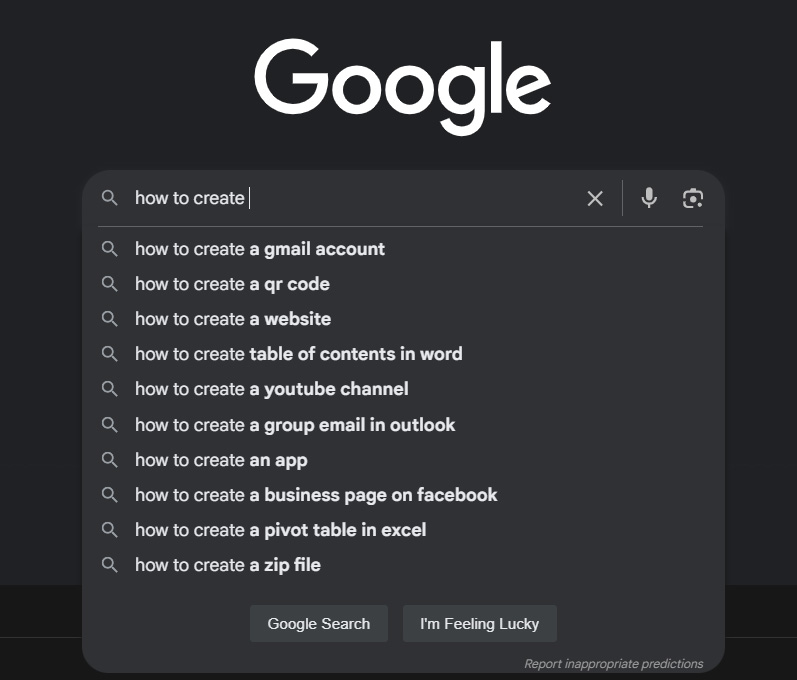

In 2025, search habits are more conversational than ever. Kiwi shoppers ask Google, Siri, and Alexa very specific questions such as “best gluten-free bakery in wellington” or “how to patch a leaking iron roof”. These queries are known as long-tail keywords. They sit at the heart of modern SEO because they bring visitors who already know what they want and are far closer to converting than someone typing a single generic word.
This guide explains what long-tail keywords are, how they differ from short-tail terms, and a simple workflow for uncovering them so you can drive qualified traffic to your website.
What Is The Difference Between Long-Tail And Short-Tail Keywords In SEO?
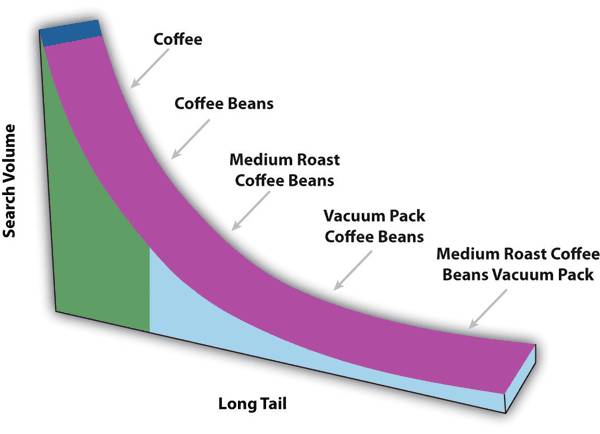
Long-tail keywords are search phrases that tend to be longer, more specific, and lower in monthly search volume than short-tail keywords. Their significance lies in the search intent rather than the search popularity.
| Feature | Short-Tail Keyword | Long-Tail Keyword |
| Length | 1-2 words (e.g., “builder”) | 3+ words (e.g., “new home builders in henderson”)* |
| Search volume | High | Low to medium |
| Competition | Very competitive | Significantly lower |
| Conversion rate | Lower | Higher |
| Search intent | Broad, information-seeking | Narrow, action-oriented |
*Not all keywords 3+ words long are long-tailed.
Imagine a customer typing “tee shirts” into Google. They could be researching brands, browsing photos, or comparing prices. Now picture someone searching “men’s cotton tee shirts size 10 NZ”. That second person knows exactly what they need and is ready to buy. Capturing dozens of these narrower searches often delivers more revenue than ranking once for a single head term.
Why Long-Tail Terms Matter In 2025
- Voice search is mainstream
Nearly half of New Zealanders now use voice assistants. Spoken queries tend to be full questions such as “who sells recycled rimu tables in Auckland?” rather than two-word phrases.
- Richer SERP features
Google fills result pages with AI overviews, ads, map packs, and People Also Ask boxes. Long-tail terms still trigger these features, but there is usually less paid competition, giving organic results room to shine.
- Higher conversion rates
Studies show long-tail traffic converts up to three times better than generic traffic because searchers arrive with a clear goal.
- Lower keyword difficulty
Since fewer sites target very specific phrases, even young domains stand a chance of ranking, provided the content matches intent.
Key Characteristics Of A Long-Tail Keyword
- Specificity: Focuses on niche attributes such as location, product model, or use case.
- Lower volume: Attracts fewer searches per month, yet the aggregate of many terms forms the majority of organic traffic.
- Intent clarity: Indicates what the user wants to learn, do, or buy.
- Competitive softness: Faces fewer high-authority sites, making top positions realistic for small businesses.
Five Proven Ways To Discover Long-Tail Keywords
1. Start With Seed Terms
List the core products, services, problems, or benefits that define your business. For a Hawke’s Bay vineyard these might be “organic wine”, “cellar door tastings”, and “wine club nz”. These seeds will anchor every research method that follows.
2. Expand Seeds In Google Keyword Planner
Open Google Keyword Planner inside your Google Ads account, enter a seed, choose New Zealand as the target location, and review the results. Sort by Avg. monthly searches to see promising variations such as:
- organic merlot hawke’s bay
- best organic sauvignon blanc nz
- cellar door napier booking
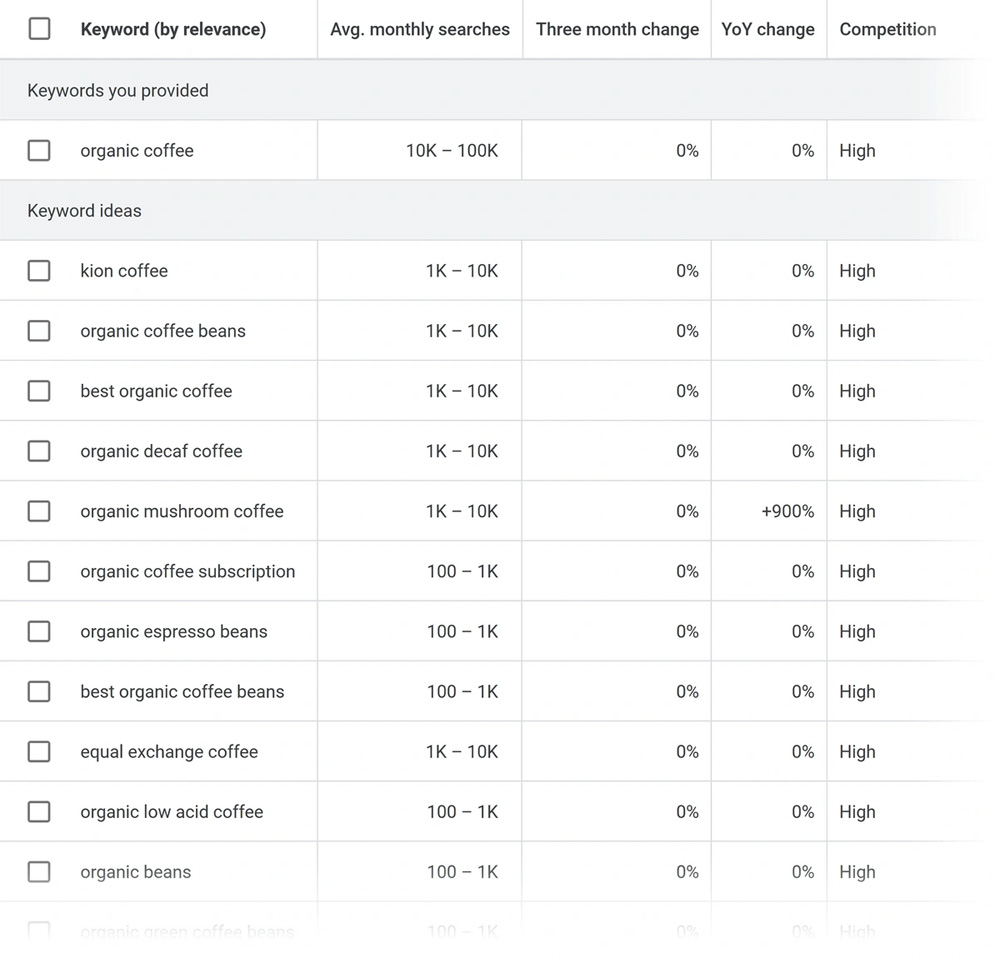
Export your list and note the Top of page bid column. A high bid often signals strong commercial intent, even if search volume is modest.

3. Mine Google Search Console For Near-Wins
Your own data is gold. In Search Console go to Performance → Search results, tick Average position, and filter impressions above 100 with positions between 11 and 30. These are phrases already sending trace traffic but sitting on page two or three. Sprinkle a few into headings, tighten on-page copy, or create dedicated sections or pages and watch them nudge upward.
4. Tap Question Tools And Autocomplete
AnswerThePublic turns autocomplete data into colourful visual wheels. A query for “electric bike” reveals questions like “can electric bikes get wet nz” and “how long do electric bike batteries last”.

- Google Autocomplete – Type your seed, hit space, then type each letter of the alphabet to view suggestions.
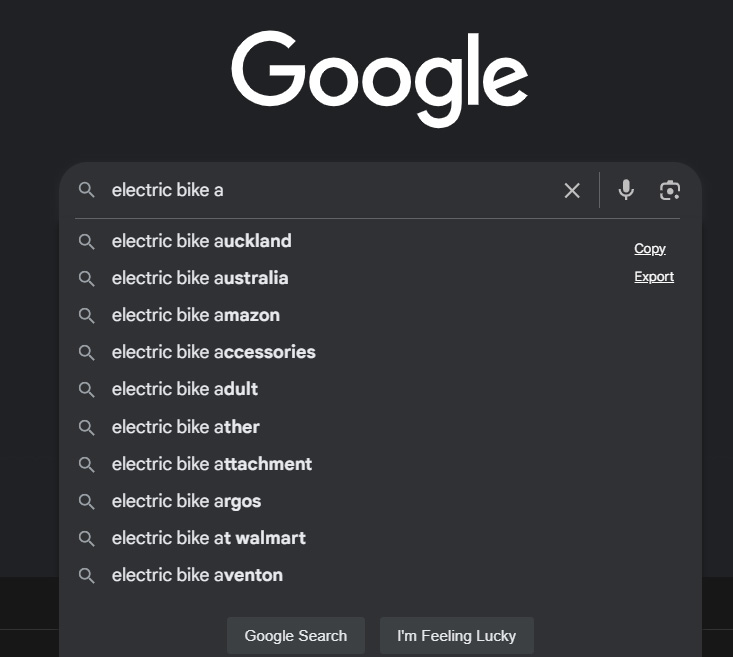
- People Also Ask – Click a PAA box, new questions appear. Gather these and group similar ones to avoid duplicate content.
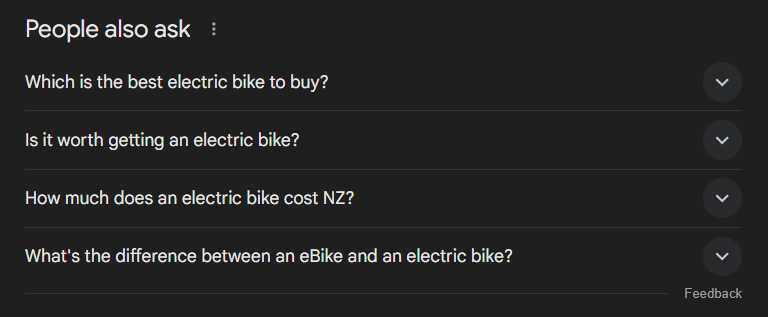
5. Ask Real Customers
Review support tickets, live-chat transcripts, or Facebook comments. Clients often phrase issues in ways tools miss. For instance, a roofing company might log repeated messages reading “leaking roof around chimney after storm”. Use exactly that wording in a troubleshooting guide, then optimise the page for “roof leak around chimney nz”.
Evaluating Long-Tail Keywords: The Three-Point Check
A long-tail term is only worth your time if it passes three tests.
- Popularity – Does the phrase have at least ten to fifty searches per month? Lower volumes can still work in a tight niche, yet anything under ten is usually too obscure.
- Difficulty – Most SEO suites provide a score. Aim for difficulty under 30 if your domain authority is low, then aim for 30-50 once domain authority grows.
- Relevance – Will ranking for this term attract someone likely to buy, enquire, or subscribe? If not, drop it.
Create a simple traffic-potential matrix in a spreadsheet: High relevance and low difficulty are priority targets.
Mapping Long-Tail Keywords To Search Intent
Different phrases signal different objectives. Align your content type with intent to satisfy visitors and please Google.
| Intent | Query Example | Best Content Format |
| Know (informational) | “what are long-tail keywords?” | Definition blog post or explainer video |
| Do (instructional) | “how to prune feijoa trees” | Step-by-step guide with photos |
| Go (local) | “vegan cafe tauranga” | Location page, Google Business Profile, map embed |
| Buy (transactional) | “buy Sony WH-1000XM6 headphones nz” | Product page with price, reviews, and shipping info |
Creating Content Without Keyword Stuffing
Google rewards usefulness, not repetition. Follow these placement rules and write naturally.
- Meta Title: Include the long-tail term once, near the beginning.
- H1: Repeat the phrase or a close variant.
- First 100 words: Reconfirm topic and intent.
- Sub-headings (H2/H3): Use supporting phrases, questions, or synonyms.
- Image alt text: Describe visuals with genuine context, inserting the keyword only if it fits.
- Internal links: Link from related posts using partial-match anchor text to strengthen topical clusters.
Quick Win: Upgrade Existing Pages
Before drafting new articles, improve pages already ranking in the top 20 for multiple long-tails.
- Import the URL into Google Search Console.
- Identify terms ranking 6-20 that share the same intent.
- Add missing details, screenshots, FAQs, or video embeds covering those gaps.
- Request indexing in Search Console.
Many pages jump a few positions within weeks because the update matches search intent more closely.
Grouping Similar Long-Tail Terms
Google often treats phrases like “how to start a blog nz” and “how do I start a blog in new zealand” as the same. Instead of writing two posts, merge them into one comprehensive guide. Use each variant once, then weave in naturally related words such as “blog setup”, “hosting”, and “content calendar”. This prevents cannibalisation and tells Google that your single resource covers the subject in depth.
Recommended Long-Tail Research Toolkit
| Tool | Strength | NZ Advantage |
| Google Keyword Planner | Free volumes and bid ranges | City-level filtering |
| Google Search Console | Real queries that reach your site | Shows impressions even when clicks are zero |
| AnswerThePublic | Question and preposition wheels | Captures voice-style queries |
| KWFinder | Simple UI, precise difficulty scores | Low-cost plans suit small businesses |
| Semrush / Ahrefs | Full suite: keywords, backlinks, SERP history | Local database for Google.co.nz |
Example Workflow: From Idea To Published Page
- Seed: “heat pump servicing”
- Tool discovery: KWFinder suggests “heat pump service cost nz” (40 searches, difficulty 3).

- SERP review: Top results are service pages and price guides, confirming commercial intent.
- Content decision: Create a “Heat Pump Service Cost in NZ: 2025 Guide” landing page.
- On-page elements:
- Title: “Heat Pump Service Cost NZ | Book Annual Maintenance”
- H1: “Heat Pump Service Cost in New Zealand”
- H2 sections: average prices, itemised checklist, why annual servicing matters.
- Internal links: Link from blog post “Signs Your Heat Pump Needs Maintenance”.
- Image optimisation: Photo alt text “technician servicing heat pump in Auckland”.
- Publish, request indexing, and track in Semrush Position Tracking. Within six weeks the page lands at position 4, bringing steady leads.
An SEO agency that specialises in helping you rank for your target location will optimise your pages and get you ranking where you deserve to be.
Frequently Asked Questions
Is a long-tail keyword always four words or more?
No. The term “men’s blue hoodie” is long-tail because it is more specific than “hoodie”, even though it has only three words.
How many long-tail keywords should a page target?
Focus on one primary long-tail phrase plus two or three very close variants. More than that risks diluting intent.
Can free tools replace paid suites?
Free tools such as Keyword Planner and Search Console are enough for basic keyword research. Paid platforms add competitive data and advanced filtering that save time once your site grows.
How soon will I see results after adding long-tail keywords?
Pages on new domains may take eight to twelve weeks. Established sites often see movement sooner, especially if content updates improve relevance.
Conclusion: The Importance of Long-Tailed Keywords
Long-tail keywords form the spine of sustainable SEO because they align tightly with user intent, face less competition, and convert at a higher rate. By combining seed brainstorming, smart tool use, and customer insight, you can build a sizeable list of specific phrases ready to drive qualified traffic. Evaluate each term for volume, difficulty, and relevance, then create or refine content that answers the searcher’s exact need. Keep an eye on your Search Console reports, iterate regularly, and your organic traffic will grow month after month.
Ready to uncover the long-tail opportunities hiding in your own site? Book a discover meeting with Kiwi Website Design and receive insights on keywords tailored to your industry and location.


Comments are closed.